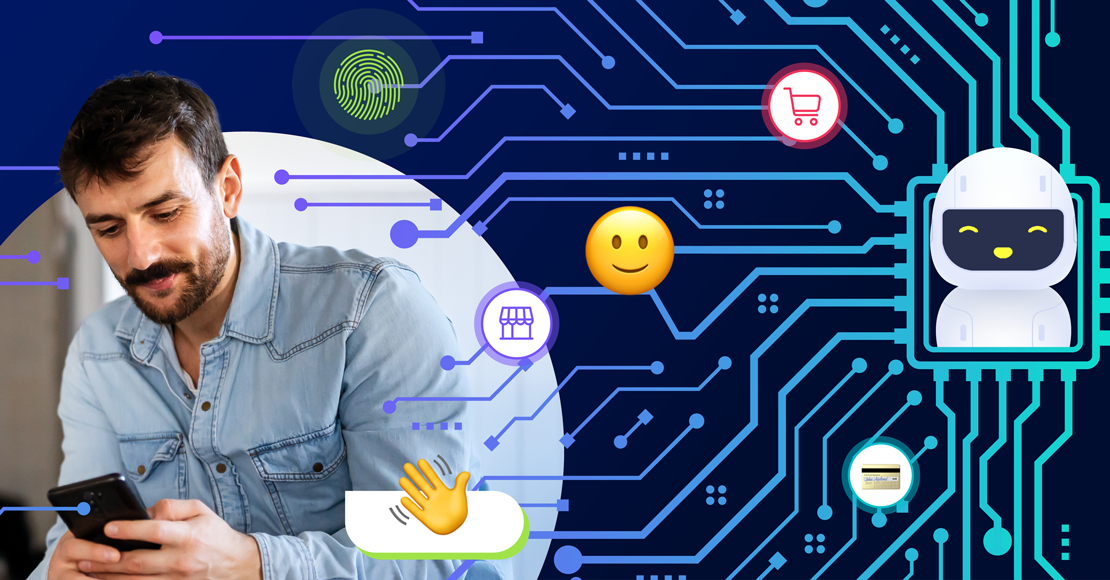
If 2016 was a year of infancy for the Internet of Things (IoT) in terms of dollars and deployment, then 2017 shall be the year that it comes of age. There were plenty of IoT trials in 2016. But in 2017, these need to become real live systems that start actually doing what they promise – increasing productivity and customer service and developing new channels of revenue.
So what’s new in 2017? The ever-growing IoT community continues to obsess over which platforms will dominate, worry about security breaches, and ponder the impact of blockchains. But there are so many other trends that get overlooked. Let’s take a look at just a few of these trends and the effect that they’ll have on business and commerce.
The format war will come to an end
One of the main oppositions to the adoption of the IoT is the fret around common connectivity standards. The IoT’s confusing array of connectivity protocols – cellular, Wi-Fi, Bluetooth, Zigbee, Sigfox, Wireaps, to name a few – has been a contentious issue for IoT. Until now at least. The future is interoperability, and software is the key to making this possible. In the past, we were forced to try and standardize connections because we didn’t have the infrastructure. Now the infrastructure is the software itself. Battery life, data rates and range of effectiveness now all easily survive alongside each other.
Printed nanotechnology
One day, we’ll see it being done with graphene inks, but printed electronics are coming to the IoT in 2017. A Norway-based company is producing smart printed tags, labeling and packaging that allows for memory, sensors, displays and wireless communications. The company’s produced a tag that’s connected to the cloud and used in passports to help prevent counterfeiting and to track and secure transported packages.
Lesser-developed countries will be hotbeds of progress
A lack of legacy infrastructure – something that’s largely seen as a disadvantage – will become the third world’s great advantage. A city like New York, for example, that has invested billions of dollars into its tram and rail services is less likely to accept the need for more sensors. A place like Cape Town, South Africa might be far more open to this experimentation which may catapult them ahead. Emerging cities are more open to IoT innovation, as long as it’s cheap.
Smart IoT cities will get smart transport
That being said, more developed countries do have the money to invest. London is getting its own IoT network. Announced in December 2016, it’ll be in addition to its current infrastructure. 50 base stations around the city will help London’s digital startups.
The end goal of this network is data collection. Sensors will collate data on traffic congestion and pedestrian footfall. The network will even have bike-frame sensors to help develop safer planned journeys for cyclists around central London. Environmental statistics on temperature, air quality, and humidity will also be collected to help asthma sufferers and wind speed will be measured to calculate the most efficient routes around the city for delivery drones.
Satellites are the final frontier
Let’s not underestimate the role of broadband-capable satellites. The European Space Agency (ESA) is encouraging IoT developers to use its satellites. IoT projects such as wearable technology that track previous criminal offenders, an app that rewards cyclists according to the distance they’ve covered, or measuring the subsidence of buildings in earthquake zones are all beneficiaries of the partnership.
Elsewhere, SpaceX has launched the first of 70 satellites that’ll add to its already existent fleet. This orbiting infrastructure will create broadband internet services that aircraft and ships will be able to connect to anywhere in the world.
5G is going to become a thing
Ultra-fast internet is an ever increasing priority with more and more objects being connected and requiring faster speeds. One of the largest mobile corporates in America has said that 5G will be a reality by the end of 2017, early-2018 at the latest. That being said, it can’t be rushed. If it comes too quickly, it might not be as fast. Initial testing has put speeds at 14Ggps with 3ms of latency in Austin, Texas.
While the IoT is still an emerging concept (emerging but real), it’s expanding faster than anyone could’ve predicted and the data it’s generating is becoming extremely important. Monitoring consumer behavior, calculating demand and supply trends, and even managing resources more efficiently are all the result of this data. What’s clear from some of these trends is that it’s no longer something that can be ignored. Businesses and the public alike need to start taking this phenomenon seriously as it becomes ever present. Read our article on what the IoT can do for your business and bring your commercial product into the future.
Explore other articles
Step into the future of business messaging.
SMS and two-way channels, automation, call center integration, payments - do it all with Clickatell's Chat Commerce platform.








